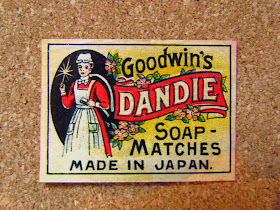Hanuman
Hanuman - is a Hindu deity, who was an ardent devotee
of Rama according to the Hindu legends. He is a central character in the Indian
epic Ramayana and its various versions. He also finds mentions in several other
texts, including Mahabharata, the various Puranas and some Jain texts. A vanara
(monkey-like humanoid), Hanuman participated in Rama's war against the demon
king Ravana. According to Jain texts, Hanuman is a human of vanara clan whose
emblem is the monkey. Several texts also present him as an incarnation of Lord
Shiva. He is the son of Vayu, who according to several stories, played a role
in his birth.




























+-+Windows+Photo+Viewer.png)
.JPG)
.JPG)













